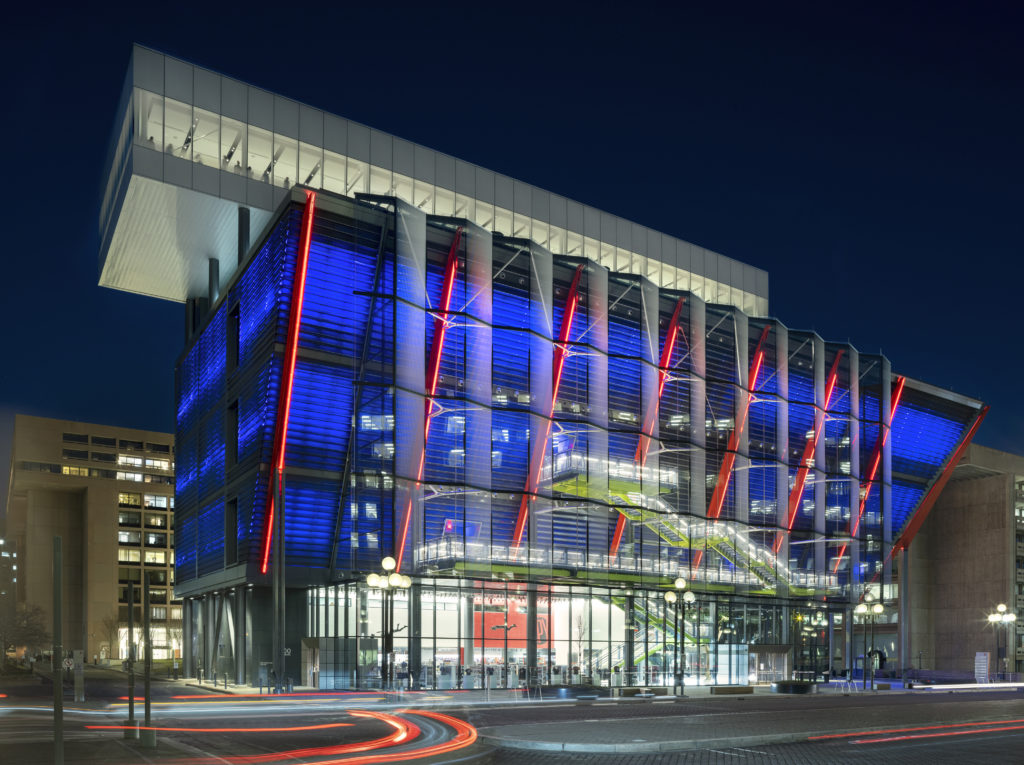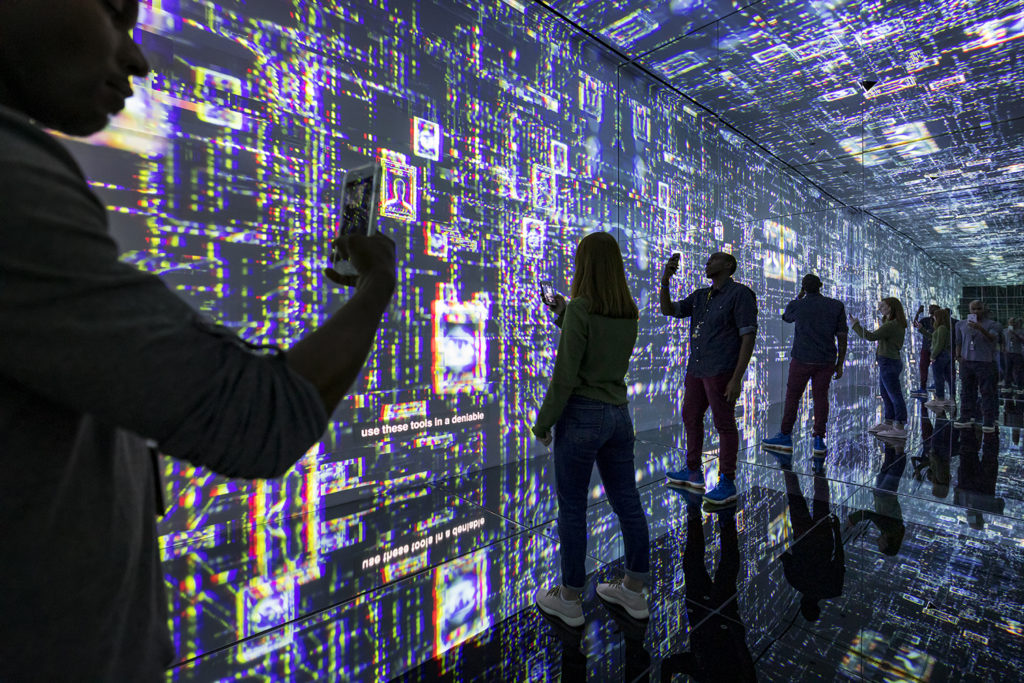1.What is your museum about and what is your work there?
The International Spy Museum in downtown Washington, D.C., or as we like to say, SPY, is the only museum in the world dedicated to fostering public understanding of intelligence and espionage from a global perspective. The Museum reveals the shadowy world of spying and intelligence for visitors from across the world. We explore not only how intelligence has played a critical role in world history, but its impact on our daily lives. Our exhibits and programs help participants unpack relevant current events.
When I joined the SPY team my expertise and leadership had been developed through more than three decades of intelligence and special operations work, from battlefields to the White House. In short, I serve as the Museum’s “resident spy.” As a former intelligence officer, I bring my unique perspective to the Museum’s engaging programs and exhibits—from workshops on the streets of DC to virtual field trips, lectures, and events. Our collection of international espionage artifacts is the largest ever publicly displayed—and we are recognized as the Guinness World Record holder!

Because the International Spy Museum is located in Washington, D.C., a hub for international intelligence, we are literally at the heart of the ever-changing world of global espionage. So, I am in the unique position of constantly growing our friendly ‘network’ of former and current intelligence officers to keep our spy stories fresh, exciting, and diverse. If you happen see me around D.C. in the evening, in our incredible restaurants, I could be meeting with a former spy or someone still in the business. But just know there’s a good chance I will also be watching the door… old habits are hard to break!
2.What is the impact on your digital activity? Do you have tips to share with your colleagues?
Our museum is dedicated to being the “go to” place for all things spy. We aim to engage learners and audiences both in the ways they learn best and at the different places they go for information. Our exhibits were designed to reach all learning styles, but we don’t stop there: we engage with individuals through their social media feeds, cable or local news, radio, podcasts, or online or print news outlets—our online resources are extensive, interactive, and one of a kind.
I am proud of the way we fuse exciting storytelling with technology to create an engaging, interactive, and personalized experience for our museum visitors. For example, our “Undercover Mission’ uses RFID (radio frequency identification) technology to give people/participants their own mission, cover identity, and code name. Then, through specially-developed interactives, they can complete a range of compelling and challenging spy tasks — analyzing clues, living their cover, finding and contacting sources, breaking codes, and creating disguises, to name just a few.

Take it from me, visitors leave SPY with a taste of what it’s like to operate in the shadowy world of international espionage—experiencing both its challenges, successes, and failures. The biggest tip I have for my colleagues is to have the organizational flexibility to do things differently and boldly. Our staff worked harder than ever during the pandemic, and that’s saying something. I was gratified to watch our team pivot – almost seamlessly – to reach people in whole new ways, virtually. We created virtual tours and programs visitors couldn’t get anywhere else (i.e., Cocktails with a Spy, Spy Trivia, a SPY-based family game night, etc.). While SPY was closed from March 2020 to June 2020, the Museum continued to actively educate and entertain people providing close to 200 live virtual programs to adults, students/teachers, and families in all 50 states and over 40 countries.
Continue on #MuseumWeek Magazine.
